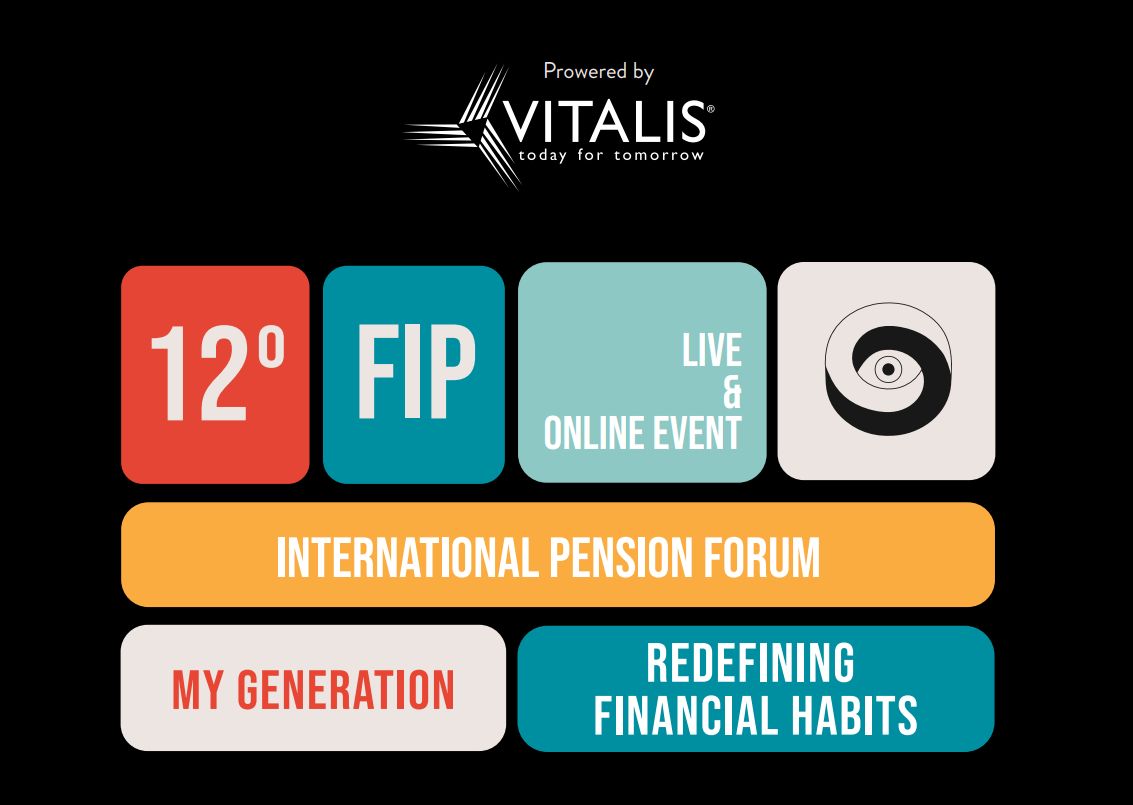Everything is cyclical: Why the private sector is revisiting pension plans
History has a way of repeating itself, even in the defined benefit (DB) world. Facing workforce management issues, many organizations are seriously considering reviving pension plans to alleviate these issues, according to October Three consultant John Lowell.
Why pension plans are crucial to employee satisfaction
When previous generations had a pension from their employer to rely on, employees were motivated to stay with them for 20, 30 or even 40 years. With approximately fewer private sector companies offering DB plans, there is less incentive for employees to stay with their employer. Forced to hire and train new employees constantly, organizations are struggling with the costs and lack of continuity.
Job hopping isn’t the only recruitment and retention challenge facing organizations. Many Baby Boomers can’t afford to retire and are working past retirement age. This recent phenomenon hinders upward mobility for younger workers at many organizations, driving many workers to leave for greener pastures. 63% of workers who quit a job in 2021 cited lack of advancement opportunities as a reason for resigning, with 33% saying it was a significant reason for leaving the job.[i]
Employers want to stand out in today’s competitive talent market, and they realize that an excellent retirement plan can make a difference. In a 2022 Voya Financial survey, 60% of working Americans said that an employer-sponsored retirement plan incentivized them to remain loyal to that company.[ii]
Over the past couple of years, organizations in sectors where pension plans were once popular, such as healthcare, are contemplating bringing back old plans or starting new ones. For example, in the healthcare industry, attracting and retaining skilled employees is vital, and executives are interested in trying new methods to attract and keep talent.
Many pension plans of the past were volatile with unstable costs, but October Three has designed modern plans with stable and sustainable expenses.
“As designs are getting more modern, we're starting to build retirement plan designs, DB designs and workforces of the future rather than the workforces of the past,” Lowell told Broadcast Retirement News. “We can do that in ways that are much more manageable from a cost standpoint.”
Finding a cost-effective solution
What’s the cost-effective solution? A market based cash balance plan that enables assets and liabilities to grow in lockstep. In this kind of DB program, an employee's account balance grows with an actual basket of investments, and employers aren’t liable for paying more than the annual market return. The expenses stay incredibly close to the budget, making the plan costs comparable to a defined contribution (DC)/401(k) plan. With a plan that combines the best of DB and DC programs, employers can consider pension plans again without worrying about unmanageable expenses and enhance their workforce management strategy.
Want to learn more about market based cash balance plans? Please speak to an October Three expert today.
[i] https://www.pewresearch.org/fact-tank/2022/03/09/majority-of-workers-who-quit-a-job-in-2021-cite-low-pay-no-opportunities-for-advancement-feeling-disrespected/[ii] https://www.voya.com/news/2022/11/amid-war-talent-dont-forget-retirement-plan-voya-survey-finds
[1] https://www.pewresearch.org/fact-tank/2022/03/09/majority-of-workers-who-quit-a-job-in-2021-cite-low-pay-no-opportunities-for-advancement-feeling-disrespected/
[1] https://www.voya.com/news/2022/11/amid-war-talent-dont-forget-retirement-plan-voya-survey-finds

